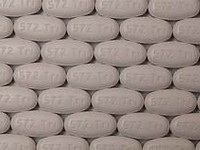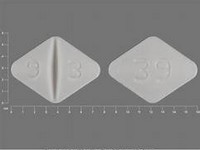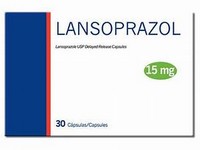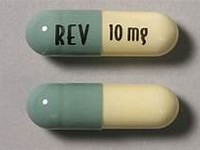disodium pamidronate

disodium pamidronate
CLINICAL USE
Bisphosphonate:Hypercalcaemia Bone pain Paget’s diseaseDOSE IN NORMAL RENAL FUNCTION
Hypercalcaemia: depends on serum calcium – 15–90 mg in single or divided dosesBone pain: 90 mg every 4 weeks Paget’s disease: 30 mg weekly for 6 weeks, or 30 mg first dose then 60 mg every other weekPHARMACOKINETICS
DOSE IN RENAL IMPAIRMENT
GFR (mL/MIN)
DOSE IN PATIENTS UNDERGOING RENAL REPLACEMENT THERAPIES
IMPORTANT DRUG INTERACTIONS
Potentially hazardous interactions with other drugsNone knownADMINISTRATION
Reconstition
15 mg in 5 mL water for injection 30 or 90 mg in 10 mL water for injection Final concentration should not exceed 30 mg per 125 mL sodium chloride 0.9%Route
IVRate of Administration
Maximum 20 mg/hour in patients with impaired renal functionComments
–OTHER INFORMATION
Rate of acute renal failure is 9.3%, can cause focal segmental glomerulosclerosis, especially at higher doses. (Markowitz GS, Appel GB, Fine PL, et al. Collapsing focal segmental glomerulosclerosis following treatment with high-dose pamidronate. J Am Soc Nephrol. 2001; 12(6): 1164–72.)If pamidronate is not excreted adequately, kidney stones may be formedIn dialysis patients there is increased risk of asymptomatic hypocalcaemia with 90 mg doses
See how to identify renal failure stages according to GFR calculation
See how to diagnose irreversible renal disease
Home








